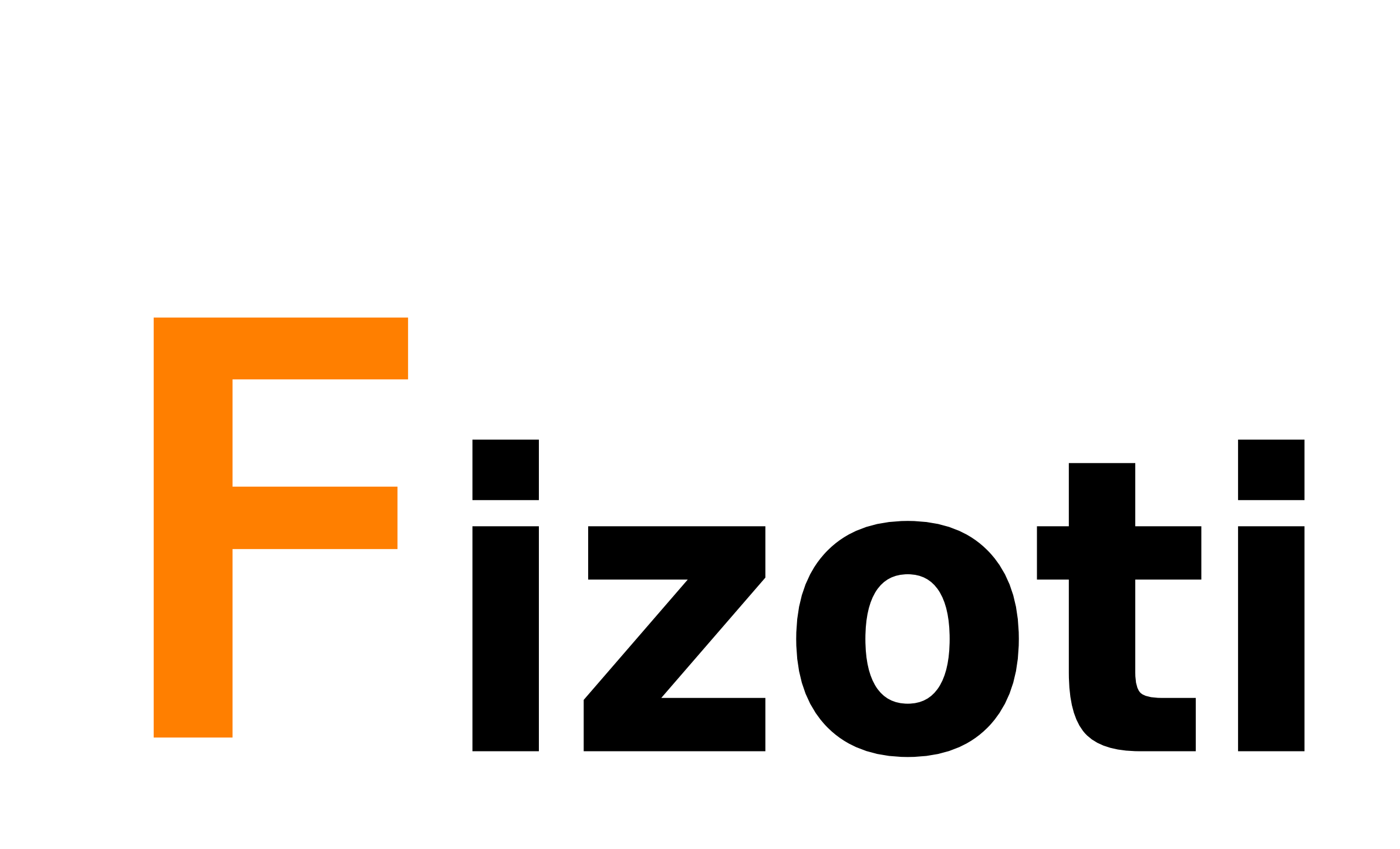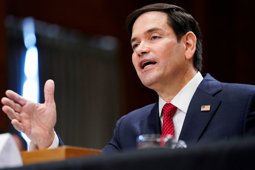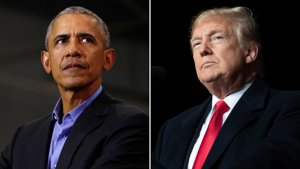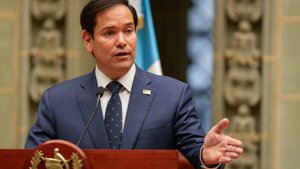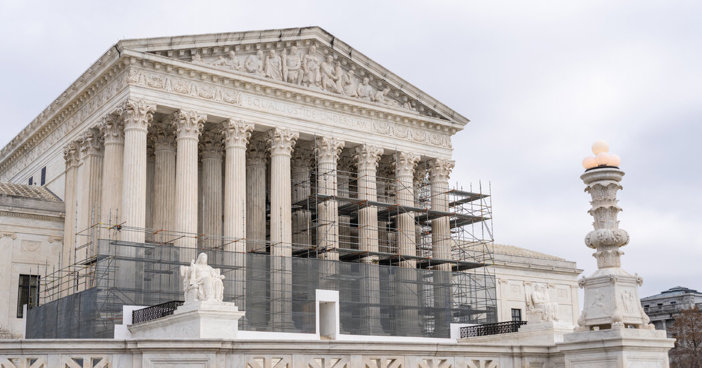
Court Rejects Funds for Religious Charter
Justices deadlock 4–4, leaving Oklahoma ruling intact against public funding for Catholic charter school.
Deadlocked Decision Leaves State Ban on Funding Intact
The U.S. Supreme Court on Thursday upheld a decision by the Oklahoma Supreme Court that bars a Catholic virtual school from receiving public funding, delivering a setback to advocates of religious charter schools. The high court split 4–4 on the matter, with Justice Amy Coney Barrett recusing herself, resulting in a one-sentence order: “The judgment is affirmed by an equally divided Court.”
At the center of the case was St. Isidore of Seville Catholic Virtual School in Oklahoma City, which had been approved for state funding by the Oklahoma Statewide Virtual Charter School Board in June 2023. Although the school pledged to comply with education laws and remain open to all students, it also stated its mission to advance Catholic teachings and engage in religious evangelization.
The Oklahoma Supreme Court ruled that allocating taxpayer funds to a religious school violates the Establishment Clause of the First Amendment. State Attorney General Gentner Drummond, who sued to block the funding, called the approval of the school’s charter an “unlawful sponsorship” and warned it posed a “serious threat to the religious liberty of all four-million Oklahomans.”
In October, the U.S. Supreme Court agreed to hear the case. During oral arguments, justices appeared ideologically divided. Central to the discussion was whether charter schools should be treated as public institutions subject to constitutional prohibitions against government endorsement of religion, or as private contractors with more flexibility.
St. Isidore argued that Oklahoma’s refusal to fund the school violated the Free Exercise Clause by placing undue burdens on its religious mission. The state maintained that allowing public funds for explicitly religious education violated long-standing constitutional protections against state-established religion.
Implications for Church-State Boundaries in Education
The case was closely watched as a potential landmark in the evolving relationship between public education and religious liberty. In recent years, the Court has permitted taxpayer funding for religiously affiliated organizations to provide non-sectarian services. However, justices questioned how the state could ensure oversight of religious curriculum while maintaining constitutional boundaries.
Justices Ketanji Brown Jackson, Sonia Sotomayor, and Elena Kagan pressed attorneys for the school on how it would treat students of other faiths. The justices expressed concern over the implications of publicly funding a school that clearly identifies with a specific religion and teaches accordingly.
The Court’s split decision effectively leaves the Oklahoma Supreme Court’s ruling in place without setting a national precedent. However, it signals the complexity of navigating religious liberty and state neutrality in education. With similar efforts underway in other states, the issue is expected to return to the high court in the future.
